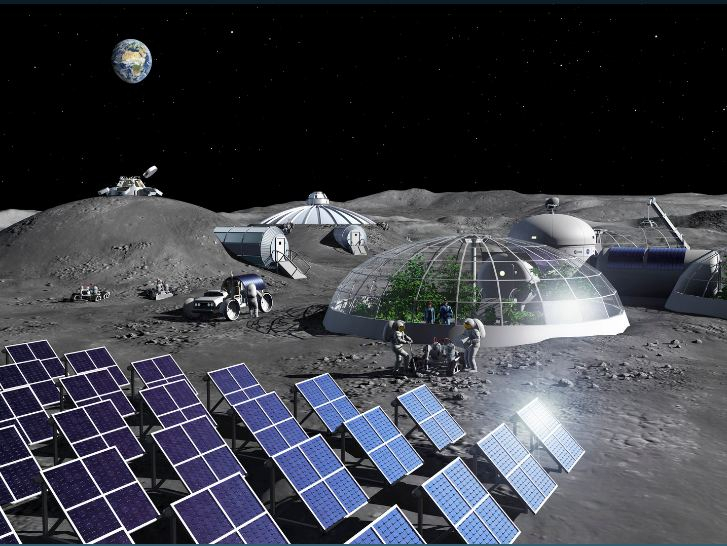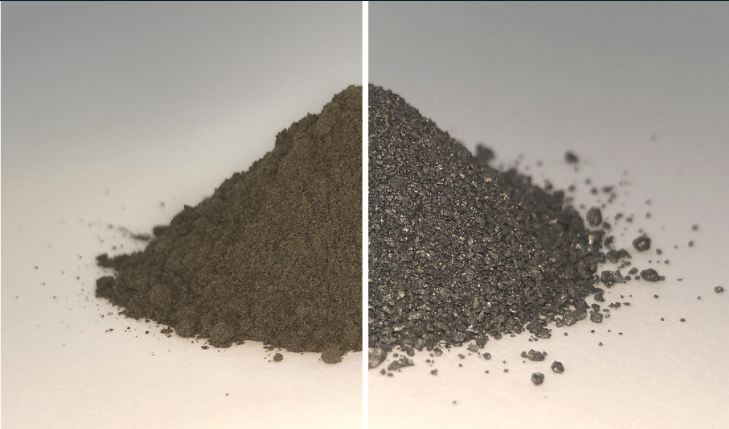No human has walked on the lunar surface since the Apollo 17 mission. But NASA's Exploration Technology Development Program is currently trying to figure out how to make the moon a suitable place where astronauts can stay for months.
To cherish the dream of colonizing the moon with a permanent human community or robotic industries, one professor at the University of Westminster by name Lewis Dartnell had proposed the idea of "Moontopia" which would be built inside massive hollow tubes, formed by lunar volcanic eruptions.
In search of oxygen
But more than that, future human settlements need a permanent solution to longer stay on the planet and the main ingredient for it would be a constant source of oxygen. Humans require breathable air and the moon has no such source. It also lacks the more important rocket fuel, which will keep the moon as an ideal colony for space tourism or space travel further into the solar system. Now, the European Space Agency (ESA) might have found a solution to the issue.

ESA's new research
The scientists at ESA have developed a prototype device that can make oxygen out of the most common thing on earth's natural satellite, moondust or regolith. The dirt from the lunar surface has been studied extensively since samples were returned from the Apollo missions.
By using reverse engineering the scientists are trying to figure out whether the moondust will help the future moon missions and how astronauts could use it to build bases out of baked bricks of regolith and also use them to store the heat for long nights in moon's surface.

Here's the new device created by ESA
Since the oxygen is the most abundant element in the lunar regolith, the scientists have now developed a prototype oxygen plant that can help to extract usable oxygen from the regolith. It should be mentioned the basic process has been already used for metal and alloy production, but the researchers had tweaked the process to ensure oxygen was available to measure.
The newly developed device uses a method called molten salt electrolysis. As described by the scientists in this device moondust can be added to a bowl of molten calcium chloride salt, which has been heated to 950° Celcius. At this temperature and also at higher temperature, regolith remains solid.
ESA team applied an electrical current to the mixture in order to extract the oxygen out of the dust, while the molten salt acts as an electrolyte, allowing the oxygen to get through it and then gather at the anode where the oxygen can be collected. Beth Lomax from University of Glasgow in his study stated, "Being able to acquire oxygen from resources found on the Moon would obviously be hugely useful for future lunar settlers, both for breathing and in the local production of rocket fuel."

The future possibilities
It should be noted that apart from oxygen, the moondust has several different metals which could be useful to astronauts. Before projects like become effective and applied, there is an imminent need store oxygen, instead of simply venting the gas out. Now the scientists are keen to explore what other elements can be extracted from regolith.
However, a proper test plant should get ready by 2025, while scientists are hoping for a pilot plant up and running before that.








